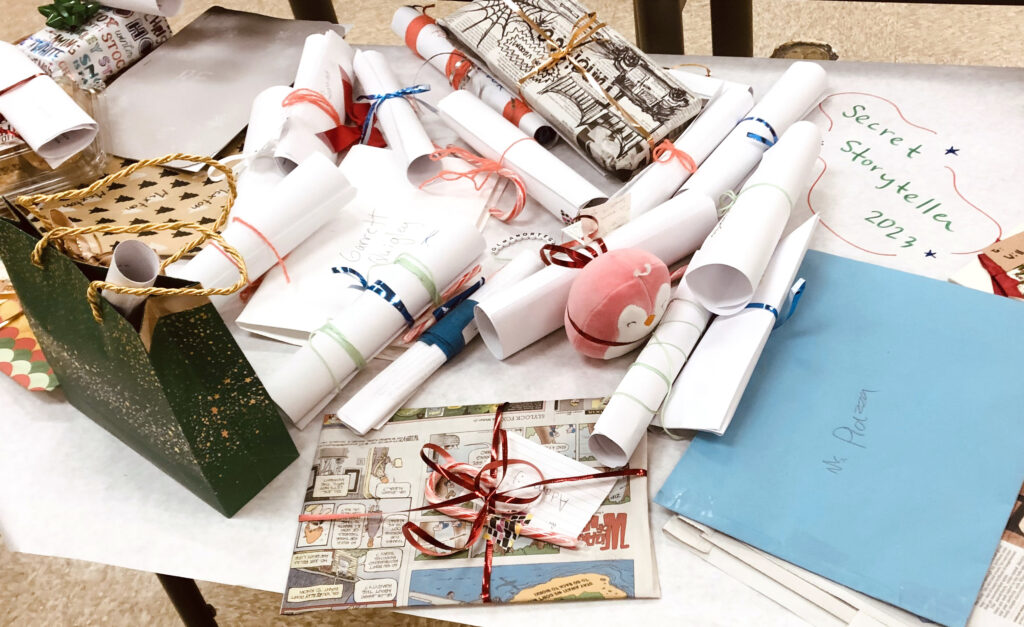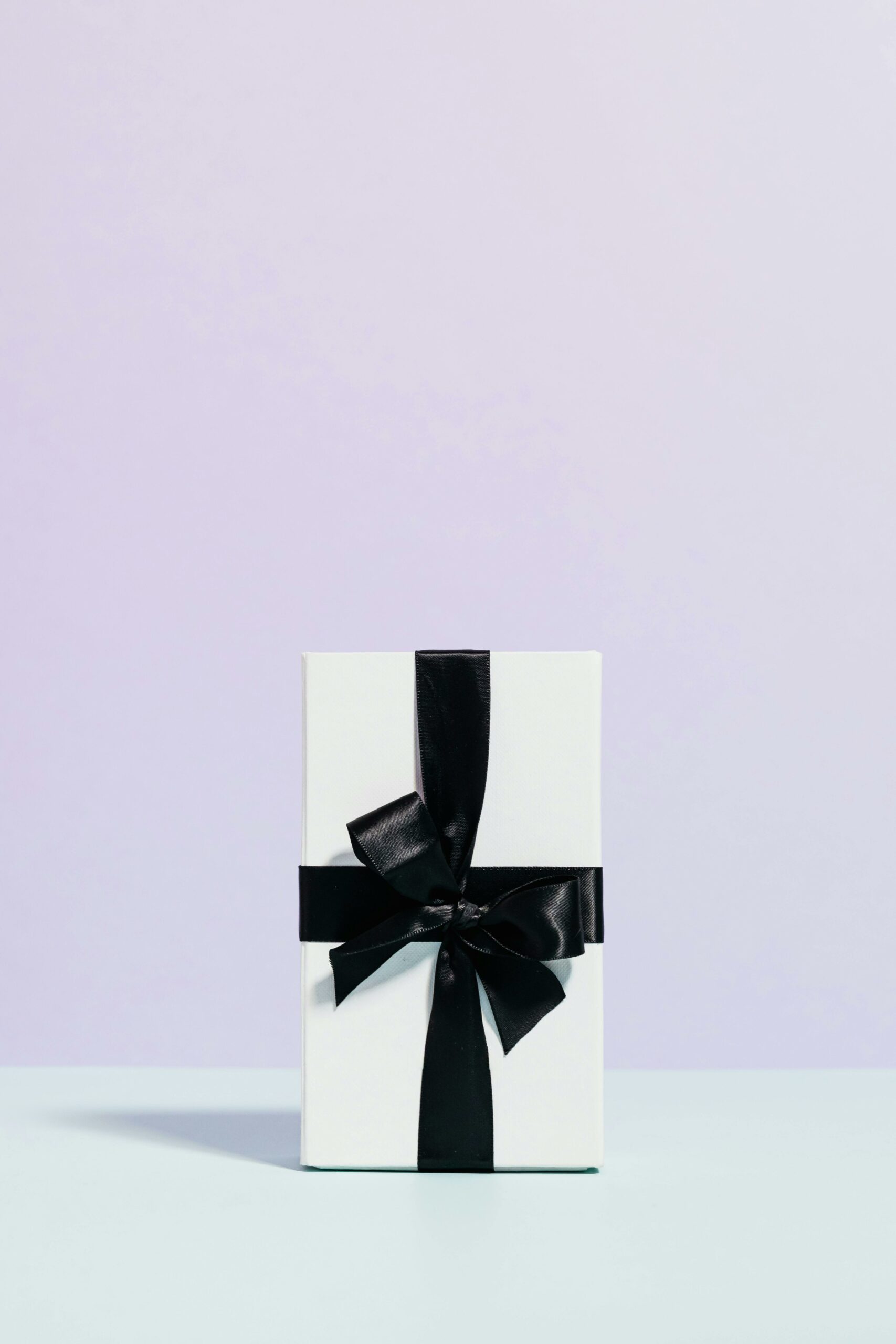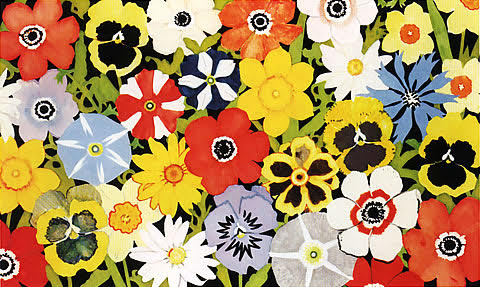Sometimes a word is enough. Sometimes all you need is a sentence, a page, a paragraph. In September it is easy to persuade my students that they will know when their piece is done. Some believe me, some don’t. In October they nod along when I say: the right word can slam your story shut just as an open vowel will allow the final scene to flow into the air and atmosphere.
So much of writing is about trust: trust in the language, in our voices and experiences, trust in our imagination, trust in our mentors, our teachers, our readers. This last one is often the hardest in a high school creative writing class. Even though my classroom has open seating, plenty of space, a private side-room to spill into, and free-write/open mic sessions each Friday, some students still feel leery about opening their notebooks (their minds, their wild worlds) to share with the room. They want to hold their words in. The room can feel overly attentive, judgmental, and yet completely disinterested at once. I limit the chatter, face us all forward to lean toward the writers willing to share; we offer claps and snaps. Nothing to be afraid of, right?
Not quite.
By December we know each other well enough to take a few risks. The silent, pensive senior has made friends with the energetic ninth grader; the clique in the corner has branched out to start collaborating with kids across the room; one artistic poet has met another artistic poet—they converse in drawings and doodles across the table from one another.
So much of writing is about trust: trust in the language, in our voices and experiences, trust in our imagination, trust in our mentors, our teachers, our readers.
I have found that the best way to build on and celebrate this new writers’ community is to host a “Secret Storyteller” party as our winter final. While students in other classes are huddled over Chromebooks and Scantron sheets, memorizing formulas and finding quotes, in Creative Writing we are sitting in a large circle around a table overflowing with elaborately wrapped mystery gifts.
Inside each box is a carefully written, personalized, original story.
It’s not an easy final. In some ways, it’s the riskiest, most challenging task my students will have during finals week. But it is also the most fun.
What happens is this: during the first week of December, everyone writes their names on a slip of paper and drops it into a hat. Then we each pull a new name out. We keep this name SECRET at all costs. This is the person who will receive our gift on the day of the final. But this is no generic trinket or mass-produced object. The gift is an original short story or piece of flash fiction written from one writer to another.
. . . This is no generic trinket or mass-produced object. The gift is an original short story or piece of flash fiction written from one writer to another.
The goal is to write a story the person will enjoy, so we create a Google Doc where class members write down their favorite things: preferred genre, style, types of characters, setting, colors, songs, random details that will make the story personal and pertinent to the recipient. Like all my classroom assignments, I play along, too. I add my name and pull one out—eager to both write and receive a story.
For the Google Doc, I encourage students to move beyond broad categories. A list like fiction, sports, candy is harder to work with than something like fluffy dogs, Cheezits, snow, flowers (lilies and daisies), baking with friends, summer, white sand beaches.
Or: Rivals to lovers, vampires, The Incomprehensible Horrors (horror in general . . . !) put characters in horrifying situations . . . , suffering but also comfort you know? Music and feel-good stuff?
Or: The great outdoors, 60s folk rock, meat, backpacking, adventure, comedy, mobsters, dragons, mind-blowing plot twists, cash, freight trains, Neil Young, AMERICA, westward expansion, seafood, blue collar jobs, profanity, hand to hand combat, swords, witty dialogue, Spanish, Irish folk music.
They love to see what everyone writes. Because it’s a shared doc, we can ask questions of each other or request explanations—all the while doing our best to remain anonymous. It becomes clear right away that the more specific they can be with their interests, the more tailored their story will be.
We spend a week or so writing these stories. We go down to the Media Center and spread out, each of us finding isolated spots in the stacks or sitting in “The Pit” (a comfortable couch area in the library) to craft our secret stories without a chance of giving ourselves away. Once the stories are done and printed out, I create a discrete “wrapping center” where students can find boxes, wrapping paper, ribbon, candy canes to tie on top, stickers, and stamps.

Writing this story is unlike our other forays into fiction primarily because we know our exact audience. And we know our recipient is going to read the story out loud to the class and then immediately take a stab at naming their Secret Storyteller. The class, too, will make their guesses. This is the vulnerable part: having your work on display, having others guess at your storytelling techniques, wondering what the recipient will think of the story you made from a list of random favorites.
The room is filled with eager anticipation. The questions flutter into the room with each student. I am nervous, too—wondering if the student I wrote for will like her story. Wondering if the story I receive will in fact include what I wrote on the shared doc: Bob Dylan, my cat Lucky, speculative fiction/tragedy. I’m regretting my choices . . . will the author kill off Dylan? Place Lucky in peril?
Over the many years I have done this activity, I have received some of my favorite gifts: a hand painted watercolor illustration accompanying a story about a writer with a black cat, a long drama in which I get to meet Bob Dylan, and this year, a retelling of Macbeth in the style of F. Scott Fitzgerald in which the three witches are transformed into three cats. My students know me well!
This is the vulnerable part: having your work on display, having others guess at your storytelling techniques, wondering what the recipient will think of the story you made from a list of random favorites.
I have also seen students respond with such joy to the act of giving and receiving stories. A story in the form of a 90s rap; a story about a new Corvette with a mini-matchbox Corvette tied on top; a K-pop love story; a queer retelling of a favorite story; an illustrated story; a story about baking with homemade cookies attached; a story written on a dollar bill.
We read the stories and guess one at a time. The reader gets two guesses and then the Secret Storyteller has to step forward and say, “’Tis I, your Secret Storyteller!” We talk about being gracious and having manners. Inevitably some stories are better, more thoughtful, or complete than others. Still, we say, “Thank you!” or if we are selected as a storyteller for a story we didn’t write, we say: “No, I’m sorry. I’m not your Secret Storyteller.”
What I value about this activity is how we treat the act of writing as the gift it truly is. All throughout December, I hear myself saying: the story is the gift over and over again. It takes time for my students to see it that way. But it’s clear on the day we read the stories aloud and guess at their authors that a story well told is worth all the time, effort, skill and even love that goes into its creation.
At the end of the final, students gather up their stories, and all of the anticipation and nervous energy in the room has turned into joyous conversation, laughter, gratitude, and, yes, trust. The barrier between reader and writer is nonexistent in this moment, and we revel in the way our words (flat black marks on a flimsy page) have altered and transformed our space. What more can a writer want than immediate validation from their reader, a chance to walk across the room and say, “What did you think?” or “Did you like the part about . . .” What more can a reader want than to ask the author: “Why did this have to happen?!” And really, what more can a teacher want than to witness this and be a part of it all? Readers and writers discussing plot points and characters, symbols and images, titles and dialogue—is its own gift for sure.
Featured photo by Karolina Grabowska.

Lisa Piazza
Lisa Piazza is a writer, educator, and mother from Oakland, CA. Her work has been nominated for Best Small Fictions, Best of the Net, and The Pushcart Prize. She is currently an assistant poetry editor for Porcupine Literary and a poetry reader for The Los Angeles Review. She has been a public school teacher since the late 1990s.



